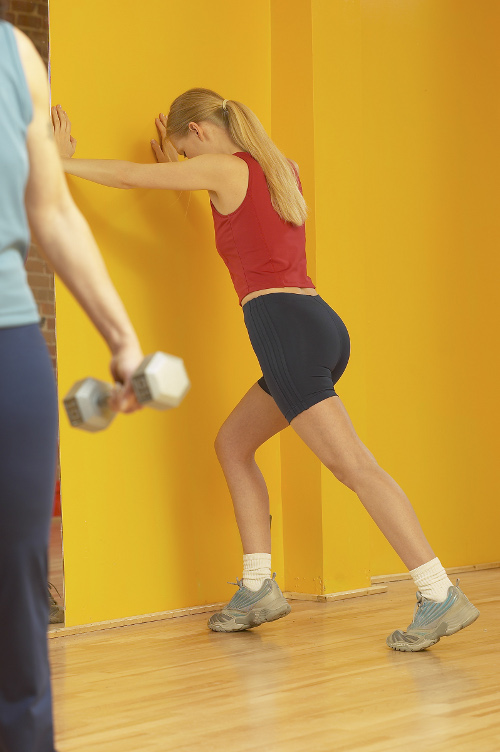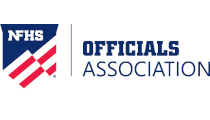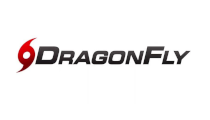
Q: First, tell us a little about the calf muscle.
A: The calf muscle is actually two muscles:
1) The Gastrocnemius is the big muscle at the back of the lower leg; and 2) the Soleus muscle is a smaller muscle that's lower down in the leg and is under the Gastrocnemius. The two muscles come together and form one tendon: the Achilles tendon.
There's actually another related muscle, the Plantaris, whose function is not as critical, but if you tear it, there will be bleeding, pain and not a whole lot of fun.
Q: What can officials do to reduce the risk of injury to the calf muscles?
A: The key is proper warm-up. And that's true for protecting any muscle or tendon. Too many of our colleagues don't warm-up at all, let alone properly. If you just start running without proper warm-up, your chance of pulling a muscle is much higher. The other issue is that most folks do the wrong exercises, such as leaning against a wall and stretching. Use of that improper technique is a bit of an old wives' tale. When you lean against the wall and stretch like that you may think you're stretching the back leg, so you tend to face your toes ahead or outward and compensate. That doesn't strengthen the calf muscle. There's a proper technique, which takes about 15-18 seconds that stretches the calf muscle effectively.
If you do these exercises properly, you reduce your risk of a calf injury.
Proper “Wall Stretching Exercises”
1. For full benefit, do these exercises with your shoes off.
2. Place your feet the length of one of your feet away from the wall (or door jam).
3. Point both toes in, toward each other.
4. Bring your pelvis into the wall (or door jam).
5. Keep your knees locked.
6. You MUST keep your heels on the ground.
7. Hold the stretch for 15 seconds, then relax for 5 to 10 seconds. This should be repeated 10 times. Holding the stretch for much longer than 15 seconds offers no additional benefit, and may in fact hurt you. Ideally, these exercises should be done at least once a day, and try and do more than one set on the day of a game, if possible.
8. If your calf muscles hurt when doing this stretch, then you should move in closer to the wall (or door jam) in one-inch increments.
If you do not feel a stretch on the calf muscle or after you have performed the exercises consistently and feel less of a stretch, then you can move back to one of your feet away, in one-inch increments.
Q: Muscle pulls are one thing, but what about cramping. What causes it? What can someone do to hopefully prevent it?
A: The No. 1 cause of cramping is a lack of hydration. Other contributing factors are insufficient calcium in the diet and not getting enough potassium. And of course, getting enough water is critical. If all else fails, a glass of tonic water can help prevent cramps, especially those that occur during the night.
Also, believe it or not, some antibiotics can cause cramps. This is something doctors often forget to tell their patients. For example, Levaquin (generic: levofloxacin), a sister drug of Cipro, carries what we call a "black box warning", which is the most serious warning you can get. It basically says: "If you are taking this drug, don't work out." So if you are taking an antibiotic, ask your doctor about possible side effects.
Q: Some people try to provide support for the calf muscle by wrapping their lower legs with elastic bandages in the hopes of preventing a strain, pull or tear. Do such wraps work?
A: They can. What a wrap does is increase the core temperature of the muscle and adds some compression. Calf muscles like extra heat and compression. Wearing a calf-high sock will also increase the core temperature and add some compression. Anything like this that you can do to reduce the likelihood of injury will help keep you on the court.
Q: Suppose, you still injure the calf muscle? How do you treat it?
A: In the short term, if the injury occurs in the middle of a game, stop as soon as you can, during the next dead ball or time out, and see the trainer.
Have the trainer wrap the calf muscle. Use IcyHot or something similar to stimulate extra circulation in the injured area. And keep the muscle wrapped with an ACE bandage to help you get through the game. You might want to let your partner know that you may not be able to run full tilt, and maybe your partner can help you a bit with court/field coverage.
There are some devices that can help an official continue to function. One is a "soft cast", which is a medicated bandage. The dressing's medication helps reduce swelling and pain, and provides stability to the muscle, reducing the chance of pulling it again. This device is light and flexible. The brand name is Unna Boot (some spell it Una Boot), and most good doctors have them.
Longer term, see a doctor. If you notice a black and blue mark, that usually indicates a muscle tear. If that's the case, you should probably have an MRI or similar exam to determine the extent of the damage. Sometimes the injury requires rest in order to heal, and you may have to go on the DL, so to speak. Torn muscles often take 21 days to build a foundation of muscle to heal and three weeks beyond that to properly re-form or re-model the muscle.
Bottom line: The best defense against calf muscle injuries is proper warm-up and stretching exercise.
Dr. Dan Davis
Dr. Dan Davis is a long-time Connecticut high school basketball official and a well respected podiatrist and surgeon who has successfully treated many fellow officials to keep them on the court.
Most Recent Articles
- nfhs news NFHS Learning Center Delivers 25 Millionth Course
- Track & Field/Cross Country article Effective Communication with Athletes and Coaches
- nfhs news Player Equipment Changes Highlight 2025 High School Football Rules Revisions
- Player Equipment Changes Highlight 2025 High School Football Rules Revisions
- nfhs news Judgment Call on Second Contact Eliminated in High School Volleyball






